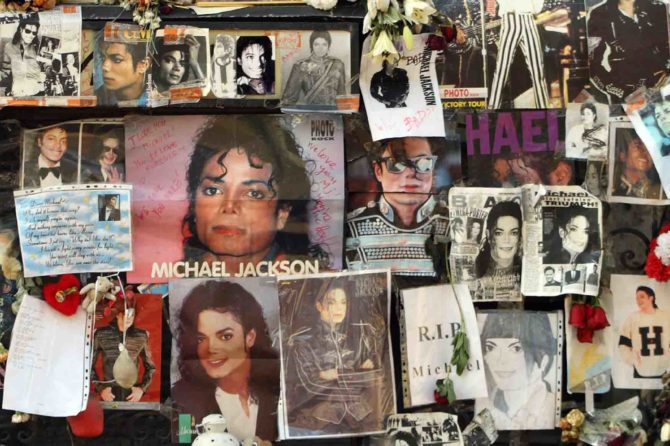
A Look at 5 Men We Lost Too Soon to Overdose
No matter how talented, good-looking, rich, or popular you are, it all means nothing if you can’t get a handle on the demons that fuel your desire to abuse alcohol and substances. We’re going to take a look at five incredibly talented individuals and how they lost everything to a fatal overdose.
Hoffman was an actor, director, and producer who stunned audiences with his range, power, and talent. Hoffman struggled with drug addiction as a young adult and relapsed in 2013 after many years of abstinence. In February 2014, he died of acute combined drug intoxication. In his system was a mix of heroin, cocaine, benzodiazepines, and amphetamines.
According to a report issued by the US National Library of Medicine/National Institute of Health, the unintentional (i.e., non-suicidal and non-homicidal) drug intoxication mortality rate rose by 156% between 2000 and 2011 (most recent data), from 4.16 to 10.61 deaths per 100 000 population, a sevenfold greater increase than that in the suicide rate, with which it is converging.
Heath Ledger was an Australian actor whose star was rising magnificently. Tragically on the 22nd of January 2008, at just 29, Ledger passed away from an accidental intoxication from prescription drugs. The coroner’s report concluded, in part, that Ledger died as the result of acute intoxication by the combined effects of oxycodone, hydrocodone, diazepam, temazepam, alprazolam and doxylamine.
Ingesting multiple benzodiazepines is bad enough but doing it on top of oxycodone and hydrocodone is almost certain death. According to the CDC, prescription opioids continue to contribute to the opioid overdose epidemic in the United States. More than 40% of all U.S. opioid overdose deaths in 2016 involved a prescription opioid, with more than 46 people dying every day from overdoses involving prescription opioids. The most common drugs involved in prescription opioid overdose deaths include: Buprenorphine/Naltrexone, Oxycodone and Hydrocodone. Among those who died from a prescription opioid overdose in 2016:
- Overdose rates from prescription opioids were highest among people aged 25 to 54 years.
- Overdose rates from prescription opioids were higher among non-Hispanic whites and American Indian or Alaskan Natives, compared to non-Hispanic blacks and Hispanics.
- The rate of overdose deaths from prescription opioids among men was 6.2 and the rate among women was 4.3 in 2016.
- The highest overdose death rates from prescription opioids were in West Virginia, Maryland, Maine, and Utah
Corey, an actor from Canada, had found fame on Glee. Monteith had begun abusing substances as early as 13 and entered rehab at 19. Despite still seeking treatment for addiction, in 2013 at just 31 years old, he died of a toxic combination of heroin and alcohol.
The reason heroin and alcohol make such a lethal mix is because both are depressants. That means your heart rate can slow to low enough levels even stop – or you can stop breathing. Basically, less oxygen-rich blood is being sent into the brain which depletes cells there and can cause death in minutes. An overdose on heroin and alcohol can put the user in a coma as well as causing brain damage and death.
Michael Jackson was the best-selling music artist the year he died – a worldwide phenomenon whose singing and dancing was the inspiration to millions. On June 25th, 2009, Jackson passed away from a cardiac arrest caused by acute propofol and benzodiazepine intoxication.
Propofol is an intravenous sedative-hypnotic agent that has been utilized for the induction and maintenance of general anesthesia and conscious sedation. Of 21 fatal cases of propofol abuse, 18 (86 percent ) occurred in healthcare workers, mostly anesthesiologists and nurse anesthetists. According to Time, Propofol was approved by the Food and Drug Administration in 1989. It is well known that propofol administration, even at a therapeutic dose, can cause respiratory depression. But there are other propofol-induced reactions including acute pulmonary oedema and haemorrhagic pancreatitis.
Prince Rogers Nelson was a multi-instrumentalist singer/songwriter who’d sold over 100 million records worldwide to make him one of the best-selling music artists of all time. Prince won eight Grammys, six American Music Awards, a Golden Globe and even an Oscar for the film Purple Rain. In 2004, he was inducted into the Rock and Roll Hall of Fame. However, tragically, in 2016, at just 57, Prince died of an accidental fentanyl overdose.
Fentanyl is a powerful synthetic opioid analgesic that is similar to morphine but is 50 to 100 times more potent. It is a schedule II prescription drug, and it is typically used to treat patients with severe pain or to manage pain after surgery – but it is also sometimes used to treat patients with chronic pain who are physically tolerant to other opioids.
So why is it so dangerous? High doses of opioids, especially potent opioids such as fentanyl, can cause breathing to stop completely, which can lead to death. The high potency of fentanyl greatly increases the risk of overdose, especially if a person who uses drugs is unaware that a powder or pill contains fentanyl. Fentanyl sold on the street can be mixed with heroin or cocaine, which markedly amplifies its potency and potential dangers.
And there you have it; five flames that were snuffed out far too early. If you need help, don’t hesitate to reach out and take it because your life could be on the line.
Leave a reply